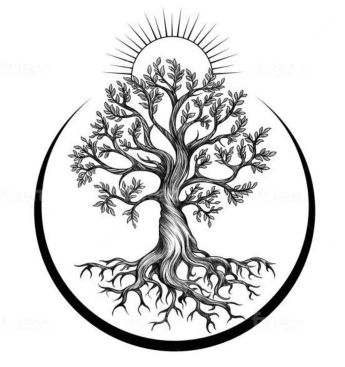Indian Antiquities, Volume I (Illustrated): Containing a Dissertation on the Ancient Geographical Divisions of Hindostan by Thomas Maurice (Author)
Description
Indian Antiquities, Volume I is the first part of an ambitious historical and comparative study of ancient India, written by Thomas Maurice, a British scholar and historian of the late 18th century. In this richly detailed volume, Maurice sets out to explore and interpret the religious, philosophical, literary, and political traditions of early India. Drawing from a vast collection of Sanskrit texts, Persian chronicles, classical sources, and the emerging translations of Indian epics and laws, the author weaves a narrative that seeks to bridge Eastern and Western understandings of antiquity.
This volume focuses primarily on the ancient geographical divisions of Hindostan (India), serving as the foundational study for Maurice’s larger historical project. It opens with a deep analysis of early Indian cosmology, mythology, and the concept of time cycles (yugas), comparing these with the mythological systems of Persia, Egypt, and Greece. Maurice investigates the early theological ideas of the Brahmins, the doctrine of the Indian Trinity (Brahma, Vishnu, and Shiva), and the symbolic nature of Hindu rituals and astronomy. He argues that much of Indian theology, especially its references to a Great Deluge and early divine kings, mirrors narratives found in Chaldean, Hebrew, and Biblical traditions.
Through critical engagement with sources like the Bhagavad Gita, Hitopadesha, and Kalidasa’s Shakuntala, Maurice reflects on the ethical, metaphysical, and political wisdom of ancient Indian texts. He contrasts this with Greek and Roman accounts of India, correcting what he sees as their misconceptions, while also integrating insights from Muslim historians like Firishta and Abul Fazl. Throughout, he emphasizes the need for accurate translations and praises the efforts of contemporary scholars such as Sir William Jones and Charles Wilkins for bringing Indian literature to a European audience.
The book also includes studies of early Indian astronomy and its links with Chaldean and Egyptian systems. Maurice examines the symbolism behind the Indian solar and lunar zodiacs, offering a controversial yet detailed theory that these celestial charts were shaped by post-diluvian astronomical traditions. He uses these ideas to support his broader claim: that India, though ancient and influential, was not the birthplace of humanity, as some Brahminical traditions assert, but a successor to even earlier civilizations such as Chaldea.
Accompanied by illustrations and enriched with numerous historical references, Indian Antiquities, Volume I is not just a historical narrative but a work of comparative theology, cultural criticism, and early Indological scholarship. While steeped in the colonial perspective of its time, it remains a valuable record of how European scholars first attempted to understand the deep and complex heritage of India.
This volume is ideal for readers interested in:
- The early Western study of Indian history and religion
- Cross-cultural comparisons of mythology and theology
- Ancient Indian geography and cosmology
- The intellectual context of the British Orientalist movement
- The influence of Sanskrit literature on Enlightenment-era thought








Reviews
There are no reviews yet.